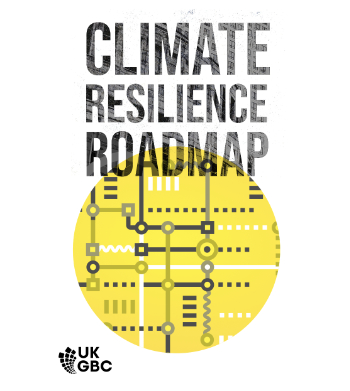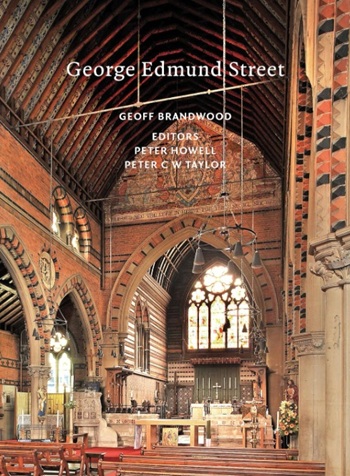Enhancing Airflow and Comfort in Large Event Spaces.
Contents |
[edit] Introduction
Large event spaces, such as conference halls, exhibition centres, and concert venues, present unique challenges when it comes to maintaining optimal ventilation. The sheer size of these venues, along with high occupancy levels and temperature differentials, can create airflow limitations and affect the comfort and air quality for attendees. In this blog post, we will explore effective ventilation strategies and technologies specifically designed to overcome these challenges and ensure a pleasant and healthy environment in large event spaces.
[edit] Understanding the challenges
Large event spaces often face airflow limitations due to their expansive size and complex layouts. Insufficient airflow can result in stagnant areas, poor air quality, and temperature inconsistencies throughout the venue. Additionally, accommodating high occupancy levels adds to the heat load and can lead to discomfort if not properly managed. Recognising these challenges is crucial for implementing effective ventilation solutions.
[edit] HVAC Zoning
One effective strategy for enhancing airflow and comfort in large event spaces is through the implementation of HVAC zoning. By dividing the venue into zones and controlling the airflow independently, it becomes possible to direct conditioned air where it's needed the most. This allows for tailored temperature control in different areas and helps overcome temperature differentials often found in large event spaces.
[edit] Air Curtains
Air curtains are another valuable technology for maintaining airflow separation and preventing the exchange of indoor and outdoor air. Placed strategically at entrances and exit points, air curtains create a barrier of high-velocity air that helps control the infiltration of outdoor air, dust, and pollutants while ensuring a comfortable indoor environment. This helps maintain temperature control and improves energy efficiency.
[edit] Strategic Air Distribution
Proper air distribution is essential for ensuring uniform airflow throughout the event space. Utilising technologies such as adjustable diffusers, variable air volume (VAV) systems, and directional vents helps direct airflow precisely where it's needed. By strategically placing supply and return vents, organisers can optimise air circulation, minimise temperature variations, and enhance overall comfort.
[edit] Air Quality Management
Large event spaces can be prone to high levels of indoor air pollutants, especially during events with food service or exhibitions involving chemicals. Incorporating high-efficiency air filtration systems, such as HEPA filters, helps remove particulate matter and improve indoor air quality. Additionally, monitoring systems for CO2 levels and integrating air purifiers can help maintain a healthy environment by minimising airborne contaminants.
[edit] Exhaust Ventilation
Managing the extraction of stale air and pollutants is vital in large event spaces. Installing exhaust ventilation systems, especially in areas with high occupant density or where pollutants are likely to be generated, helps remove contaminated air and maintain fresh air supply. This can be achieved through dedicated exhaust fans, localised exhaust hoods, or an overall balanced ventilation approach.
[edit] Regular Maintenance & Monitoring
Regular maintenance and monitoring of the ventilation systems are essential to ensure their continued effectiveness. Routine inspections, filter replacements, and cleaning of ductwork and vents help prevent issues such as blockages and airflow restrictions. Additionally, implementing real-time monitoring systems for airflow, temperature, and air quality enables prompt detection of any deviations and allows for timely adjustments.
[edit] Conclusion
Achieving optimal ventilation in large event spaces is crucial for ensuring attendee comfort and maintaining healthy indoor environments. By understanding the challenges associated with these venues and implementing effective strategies such as HVAC zoning, air curtains, strategic air distribution, and air quality management, organisers can overcome airflow limitations, handle high occupancy levels, and manage temperature differentials. Regular maintenance and monitoring are key to sustaining the effectiveness of ventilation systems. Embracing these ventilation solutions helps create enjoyable and memorable experiences for attendees in conferences, expos, and concerts held in large event spaces.
--Building Ventilation Solutions
[edit] Related articles on Designing Buildings
- Air tightness in buildings.
- Air conditioning.
- Air quality.
- Building services.
- Castle Hill Event Space.
- China Philharmonic Hall.
- Computational fluid dynamics.
- Daylighting exhibition space in museums and galleries.
- Domestic Ventilation Systems - a guide to measuring airflow rates (BG 46/2022)
- Domestic ventilation systems performance.
- Draughts in buildings.
- Fresh air.
- Guggenheim Museum, Bilbao.
- Indoor air velocity.
- Natural ventilation.
- Royal Albert Hall.
- Re-circulation air.
- Reverberation in buildings.
- Sydney Opera House.
- Ventilation.
- Walt Disney Concert Hall.
Featured articles and news
Latest Build UK Building Safety Regime explainer published
Key elements in one short, now updated document.
UKGBC launch the UK Climate Resilience Roadmap
First guidance of its kind on direct climate impacts for the built environment and how it can adapt.
CLC Health, Safety and Wellbeing Strategy 2025
Launched by the Minister for Industry to look at fatalities on site, improving mental health and other issues.
One of the most impressive Victorian architects. Book review.
Common Assessment Standard now with building safety
New CAS update now includes mandatory building safety questions.
RTPI leader to become new CIOB Chief Executive Officer
Dr Victoria Hills MRTPI, FICE to take over after Caroline Gumble’s departure.
Social and affordable housing, a long term plan for delivery
The “Delivering a Decade of Renewal for Social and Affordable Housing” strategy sets out future path.
A change to adoptive architecture
Effects of global weather warming on architectural detailing, material choice and human interaction.
The proposed publicly owned and backed subsidiary of Homes England, to facilitate new homes.
How big is the problem and what can we do to mitigate the effects?
Overheating guidance and tools for building designers
A number of cool guides to help with the heat.
The UK's Modern Industrial Strategy: A 10 year plan
Previous consultation criticism, current key elements and general support with some persisting reservations.
Building Safety Regulator reforms
New roles, new staff and a new fast track service pave the way for a single construction regulator.
Architectural Technologist CPDs and Communications
CIAT CPD… and how you can do it!
Cooling centres and cool spaces
Managing extreme heat in cities by directing the public to places for heat stress relief and water sources.
Winter gardens: A brief history and warm variations
Extending the season with glass in different forms and terms.
Restoring Great Yarmouth's Winter Gardens
Transforming one of the least sustainable constructions imaginable.






















